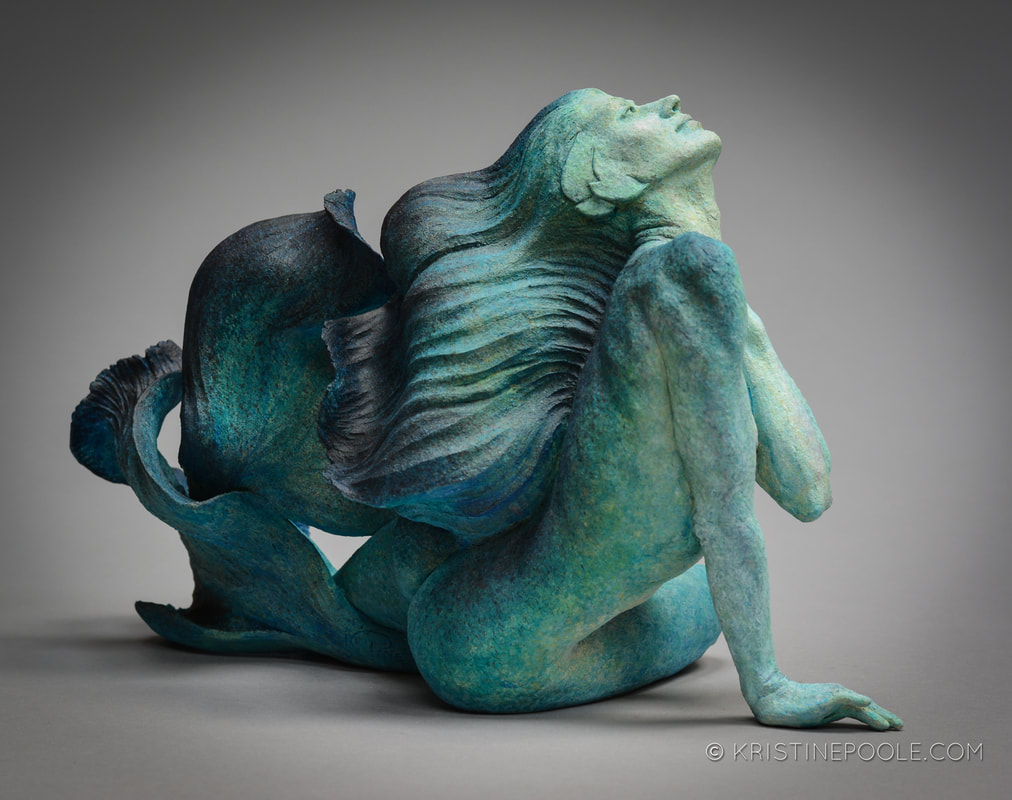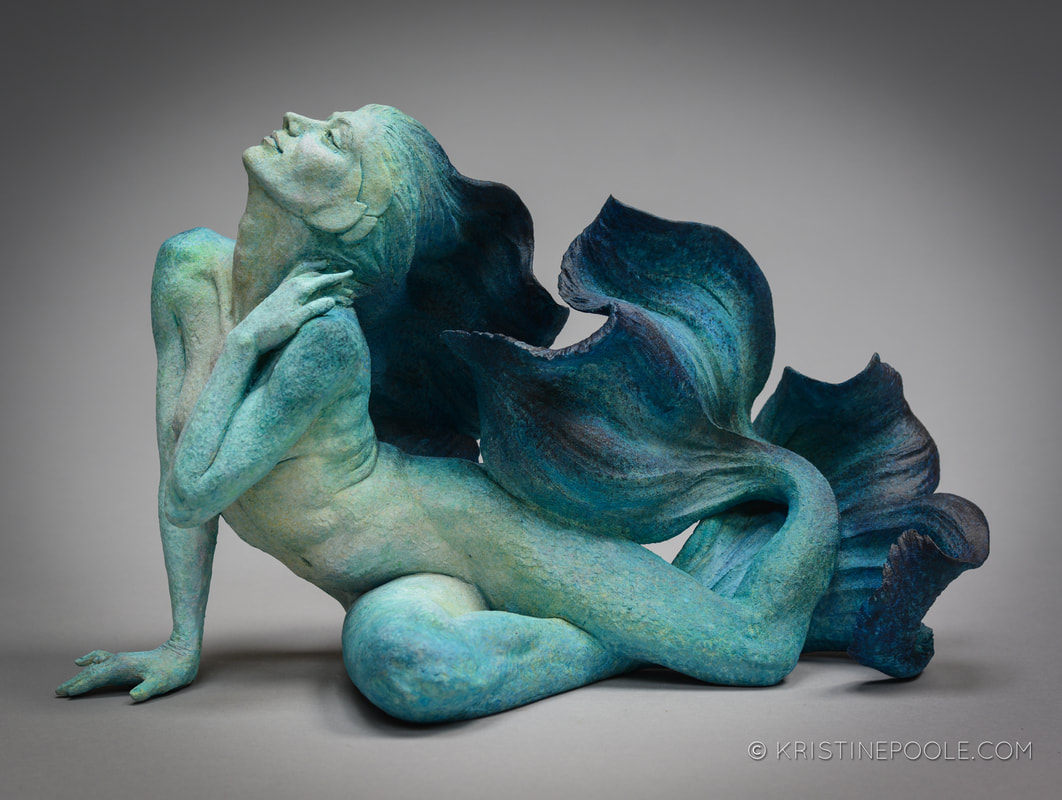- Home
-
Sculpture
- Index of Selected Works
-
Word Sculptures
>
- Beauty Will Blossom Again
- Overcome
- They Said Abigael was a Witch
- Telling Tales
- Wordcage
- In My Dreams I Can Fly
- Daskala and Skyla:
- Mythmaker
- Reflection: Questions at a Crossroads
- Words I Carry
- Anthem: Birth of a Woman
- The Execution of Lady Liberty
- St. Palli Grrl
- Commodity
- Call of the Muse
- Scarification of the Feminine
- Mnemosyne at the EPIC Show
- Raconteuse
- The Girl with Kaleidoscope Eyes
- Quiddity >
-
Imaginative Realism
>
- Dove Dreams of Flying
- Beyond Her Wildest Dreams
- Leap Frog: Last Night I Had The Strangest Dream
- Spinner of Dreams
- Awaken the Night
- The Cricket's Tale
- Golden Lotus
- Muse Series >
- Chimaera Series >
- Siren Song
- Birth of the Moon Hare
- Tiger Man
- Beach Bunnies
- The Garden Party
- Midnight Soirée
- The Lady Valkyrie
- The Flight of Saga
- Amphitrite, Equiina and Satyr's Tale
- The Nixie in the Pond
- Poeisis: The New Muse
- Figurative Mandalas >
- Installations Commissions >
- Social Commentary Sculpture >
- Miniature Sculptures >
- Other Sculptures >
- About
- Contact
Siren Song, 8"x 15"x 6", Fired clay with acrylic
Sirens, Mermaids, Temptresses…these feminine motifs have long occupied our collective imagination. The Sirens of Greek mythology were humanesque beings with seductive voices that lured sailors to their deaths.
Mentioned in a tale in Homer’s Odyssey, how they looked was never described. Sirens have since been variously portrayed in historical art as part woman/part bird or as mermaids, leaving me to wonder why there was this inconsistency in how they exist in our mind’s eye. Gradually, these questions led to designing a new story about what sort of beings they might have been and how the occurrences around them may have unfolded.
Perhaps the non-human appendages of the Sirens were unlike anything ever seen before and the words to describe what people were looking at simply did not exist. Were the forms billowing around them fabric, feathers, fins? Maybe people couldn’t understand what they were seeing, so created images of these creatures in various manifestations.
As to their actions, possibly even with their human elements, Sirens were primarily beings of nature. We don’t condemn the hummingbird for the reverberation of its wings in flight nor are the bees reviled for buzzing as they make their rounds. Could it be that the Sirens’ undulating limbs dancing on the ocean breeze created alluring music different from anything ever heard before? That the only word to describe this sound was singing? That the curiosity of something unknown and beautiful drew people to them? Perhaps this is actually the story of divine soul-stirring beauty colliding with the deep human desire to touch and understand the mysterious.
Rather than the evil seductresses of men, the Sirens may have just been another creature on the planet, going about their lives with beauty swirling around them and emanating from them. If a child chasing a free-spirited butterfly takes a tumble, is it then the butterfly that is to blame?
Mentioned in a tale in Homer’s Odyssey, how they looked was never described. Sirens have since been variously portrayed in historical art as part woman/part bird or as mermaids, leaving me to wonder why there was this inconsistency in how they exist in our mind’s eye. Gradually, these questions led to designing a new story about what sort of beings they might have been and how the occurrences around them may have unfolded.
Perhaps the non-human appendages of the Sirens were unlike anything ever seen before and the words to describe what people were looking at simply did not exist. Were the forms billowing around them fabric, feathers, fins? Maybe people couldn’t understand what they were seeing, so created images of these creatures in various manifestations.
As to their actions, possibly even with their human elements, Sirens were primarily beings of nature. We don’t condemn the hummingbird for the reverberation of its wings in flight nor are the bees reviled for buzzing as they make their rounds. Could it be that the Sirens’ undulating limbs dancing on the ocean breeze created alluring music different from anything ever heard before? That the only word to describe this sound was singing? That the curiosity of something unknown and beautiful drew people to them? Perhaps this is actually the story of divine soul-stirring beauty colliding with the deep human desire to touch and understand the mysterious.
Rather than the evil seductresses of men, the Sirens may have just been another creature on the planet, going about their lives with beauty swirling around them and emanating from them. If a child chasing a free-spirited butterfly takes a tumble, is it then the butterfly that is to blame?
Copyright © Kristine Poole 2020
- Home
-
Sculpture
- Index of Selected Works
-
Word Sculptures
>
- Beauty Will Blossom Again
- Overcome
- They Said Abigael was a Witch
- Telling Tales
- Wordcage
- In My Dreams I Can Fly
- Daskala and Skyla:
- Mythmaker
- Reflection: Questions at a Crossroads
- Words I Carry
- Anthem: Birth of a Woman
- The Execution of Lady Liberty
- St. Palli Grrl
- Commodity
- Call of the Muse
- Scarification of the Feminine
- Mnemosyne at the EPIC Show
- Raconteuse
- The Girl with Kaleidoscope Eyes
- Quiddity >
-
Imaginative Realism
>
- Dove Dreams of Flying
- Beyond Her Wildest Dreams
- Leap Frog: Last Night I Had The Strangest Dream
- Spinner of Dreams
- Awaken the Night
- The Cricket's Tale
- Golden Lotus
- Muse Series >
- Chimaera Series >
- Siren Song
- Birth of the Moon Hare
- Tiger Man
- Beach Bunnies
- The Garden Party
- Midnight Soirée
- The Lady Valkyrie
- The Flight of Saga
- Amphitrite, Equiina and Satyr's Tale
- The Nixie in the Pond
- Poeisis: The New Muse
- Figurative Mandalas >
- Installations Commissions >
- Social Commentary Sculpture >
- Miniature Sculptures >
- Other Sculptures >
- About
- Contact



